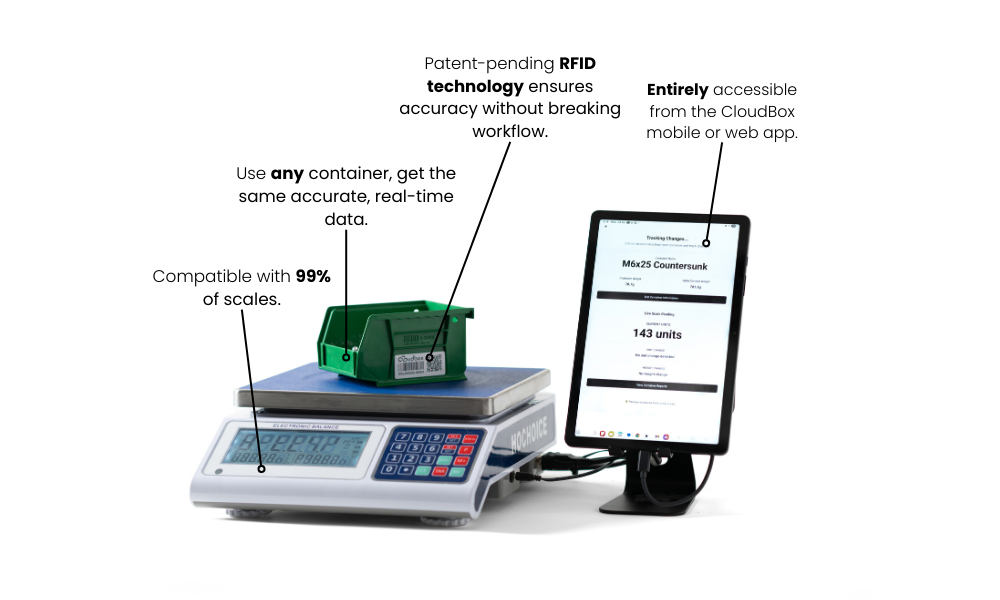.png)
Overstocking might feel like playing it safe. You order extra just in case. You avoid the dreaded stockout. But what if this strategy is quietly costing you more than you realize?
Too much inventory does not just sit on shelves. It ties up capital, fills up space, and creates risk. Most importantly, it slows you down. Let us break down the real cost of inventory overstock and explore what you can do about it.
How Overstocks Hurt Your Bottom Line
According to a 2023 report by IHL Group, overstocks cost U.S. retailers over $123 billion annually. That number includes more than just unsold goods. It also factors in:
- Storage Costs: Extra stock needs extra space. Whether you lease a bigger warehouse or clutter your backroom, storage is never free.
- Labor Costs: Overstock complicates your operations. It takes longer to count, move, and find what you need. These inefficiencies add up quickly in payroll hours.
- Product Expiration or Obsolescence: Items with shelf lives degrade, especially in cannabis and pharmaceutical settings. Even timeless products lose value when trends shift.
- Shrinkage Risk: The more stock you carry, the more vulnerable you are to theft, damage, or loss. Overstocks can hide missing units and make detection harder.
- Opportunity Cost: Cash tied up in inventory is cash you cannot use to invest in marketing, staffing, or better equipment. You are essentially paying not to grow.
Why Overstocks Still Happen
Most businesses do not mean to overstock. They are reacting to pain. A past stockout. A supplier delay. A high-traffic weekend. So they hedge. They double the order, just to be sure.
But without proper forecasting, real-time tracking, or historical sales insight, that hedge becomes a habit. One that piles up excess inventory month after month.
Strategies to Avoid Overstock
1. Embrace Real-Time Data
When your inventory system updates automatically, you are never guessing how much you have. Real-time visibility is key to avoiding safety stock that turns into dead stock.
2. Use Predictive Analytics
Look beyond last week’s numbers. Seasonality, promotions, and product life cycles all affect demand. Use tools that can model these variables and give more accurate order recommendations.
3. Set Inventory Thresholds
Implement reorder points and maximum stock levels for each SKU. These thresholds keep your team from restocking too early or too much.
4. Audit Routinely
Regular auditing helps you spot slow-moving stock and adjust ordering accordingly. The more often you check, the easier it is to pivot.
5. Align Sales and Operations
Sales teams know what is coming. Operations knows what is here. The more those teams talk, the better your stock levels reflect actual need.
From Risk to Reward
Reducing overstock is not about being stingy with supply. It is about unlocking flexibility, freeing up resources, and making sure your business runs lean, not bloated. Inventory should support growth, not slow it down.
If you are holding more than you sell, or counting more than you move, it may be time to reconsider your systems. CloudBox helps operators balance inventory precisely by tracking live product levels inside every container, enabling smarter restocks, faster insights, and fewer costly miscalculations.
.avif)






.png)
.png)




